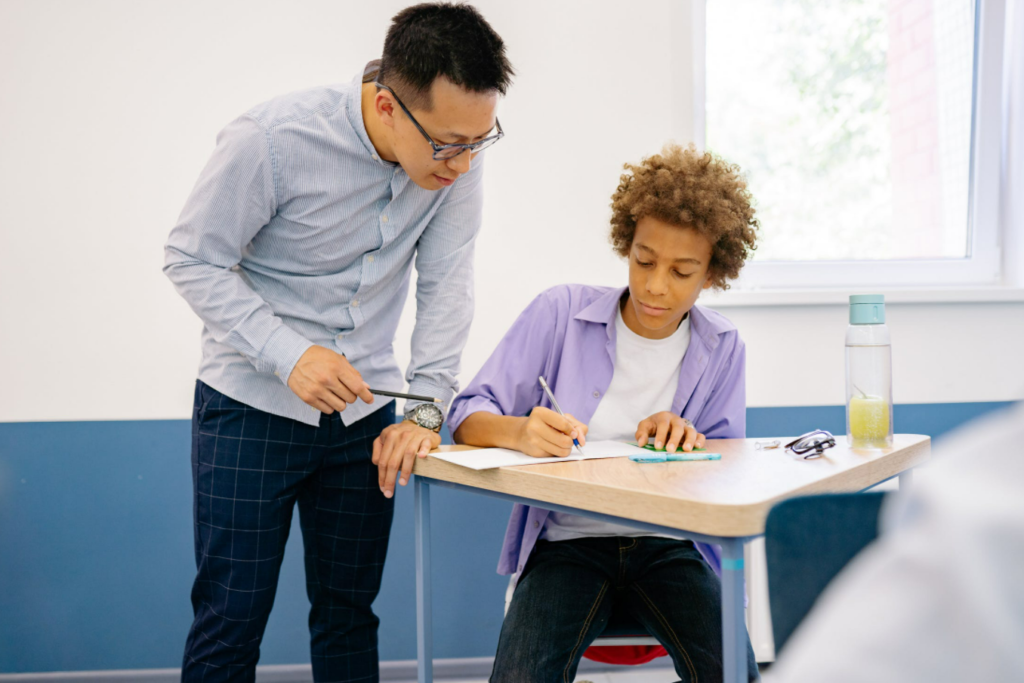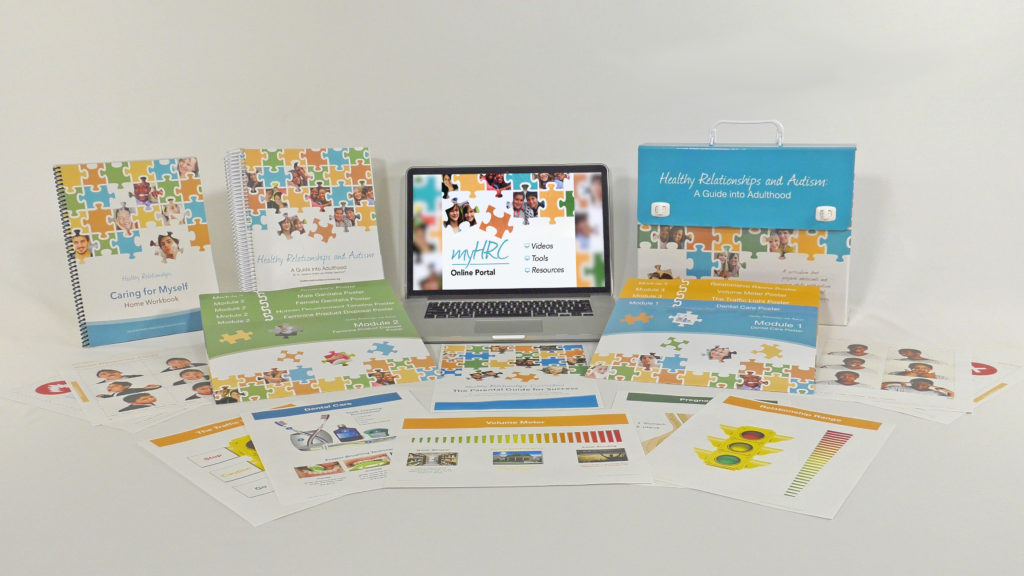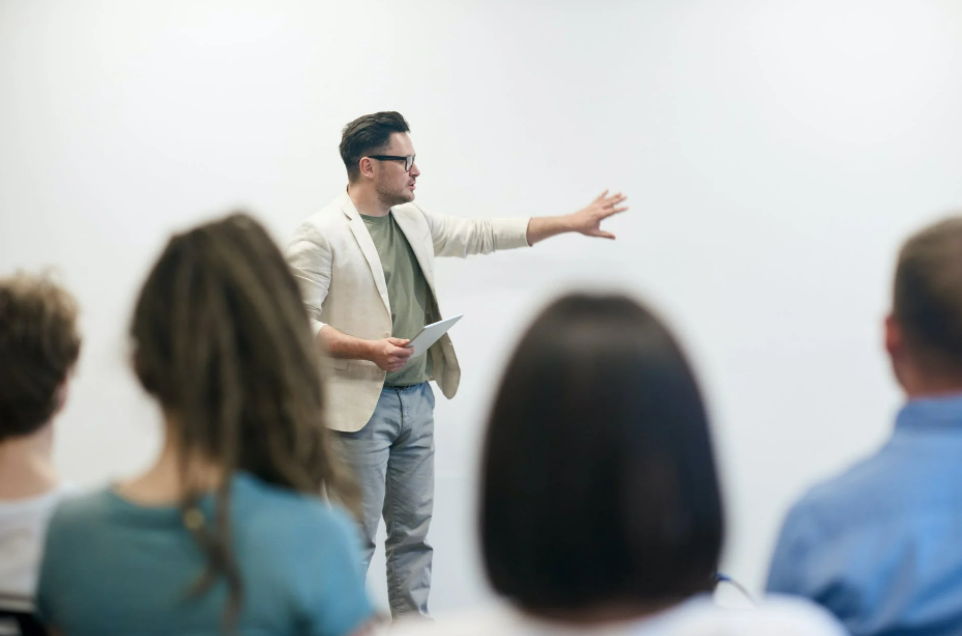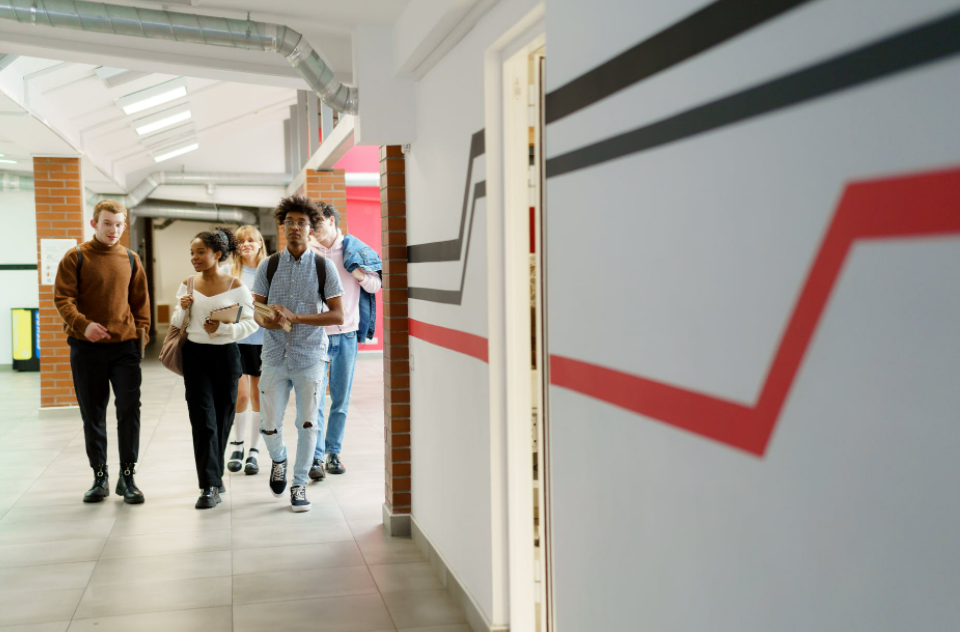I spent more than 20 years as a special education teacher, and I know how challenging it can be to find resources and activities that meet the needs of students with varying needs.
During my time in the classroom, I was always searching for curriculums that offer lesson plans but also visual elements such as videos and role-playing demonstrations. It is one thing to teach your students verbally, it is quite another to teach your students visually.
So many of us are visual learners and are able to retain information if it is explained to us in that modality. In fact, a 2017 Inc. article estimated that 65 percent of the U.S. population self-identifies as visual learners.
That is why when I came across the Healthy Relationships Curriculum, I knew countless students and educators across the country would be helped by this program. Our Healthy Relationships Curriculum is a comprehensive and adaptable program that teaches life and social skills activities to students, and it can be implemented in a variety of learning modalities including in-person, remote, or hybrid settings.
When you purchase our program, you obtain immediate access to over two dozen videos that are available in both English & Spanish featuring real adolescents acting out role-playing and demonstrations. Even more is available with every home supplement, check for understanding and many other resources in both languages ready for your classrooms or groups!
Perhaps you have special education students that are fluent in Spanish? As an educator, you always need to adapt to the needs of your students, and if you are finding that many of them speak Spanish, this program provides you with the option to play video lesson plans in either language.
According to a May 2021 Forbes article, 13 percent of the U.S. population speaks Spanish at home, and our nation is home to the second largest population of Spanish speakers in the world outside of Mexico. Additionally, many experts estimate that by 2050, one in every three individuals in the U.S. will be speaking Spanish.
When you purchase our program, you also receive:
- myHRC Online Portal: An interactive website to assist educators in delivering the curriculum, connecting with other professionals, and easily communicating with students and parents.
- Outcome Tools: Outcome measurement tools can be shared with parents and administrators to show real-time, individual progress
- Curriculum Manual: All lesson plans include a list of materials, purposes, objectives, and quick references to related subjects.
- Visual Elements: To promote retention in visual learners
- Home Supplements: Offers specific, at-home tasks to engage the parent or guardian, reinforce the skills learned, and encourage family participation.
- “Check For Understanding” Quizzes: Measure and assess acquired knowledge before moving on to the next lesson.
- Comprehensive Training: Available and encouraged to provide a firsthand experience that builds familiarity and confidence with lesson content.
To learn more about the Healthy Relationships Curriculum click here.








